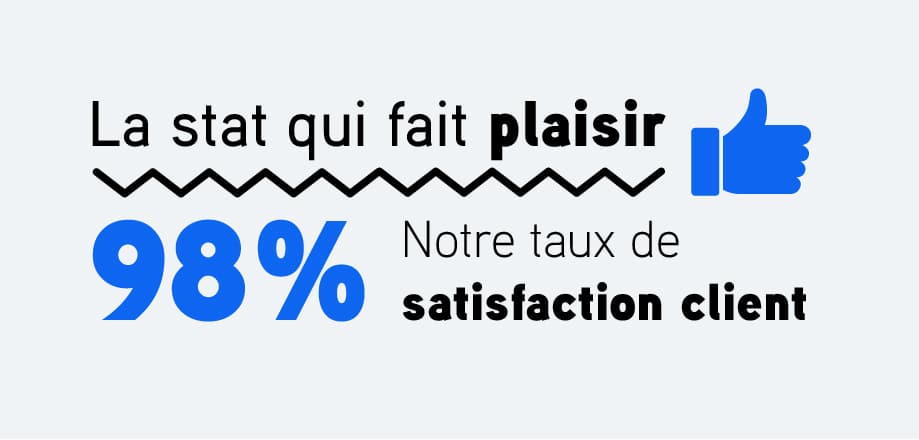In the evolving landscape of digital marketing, sponsored post has emerged as a potent tool for brands aiming to enhance visibility, engages meaningfully with target audiences, and drives specific marketing outcomes. This guide delves into what sponsored posts are, their benefits, how they differ from other advertising methods, best practices for creating them, and effective strategies for measuring their success.
What is a sponsored post ?
A sponsored post is a type of publithings.com/social-wall-pour-evenement » target= »_blank » aria-label= » (opens in a new tab) » rel= »noreferrer noopener » class= »ek-link »>marketing content that a brand pays to promote on various media platforms. Unlike traditional advertisements, which often interrupt the user experience, sponsored posts are crafted to seamlessly integrate into the platform’s natural content stream. This integration helps the sponsored content maintain the look and feel of non-sponsored posts, which can make them less intrusive and more engaging for users.
There are primarily two categories of sponsored posts, each serving distinct purposes and utilizing different strategies:
Boosted posts:
Boosted posts start as regular, organic posts created by a brand. Once posted, these can be promoted with the platform’s advertising tools to reach a broader audience. The primary advantage of boosted posts is their authenticity; they are genuine content pieces that have been organically integrated into a brand’s regular social media feed.
When a post performs well organically, boosting it can significantly increase its visibility, making it appear in more users’ feeds and thus enhancing its reach and impact. Brands often use boosted posts to maximize the exposure of their most successful content, capitalize on high engagement, and amplify their message to new audience segments.
Paid sponsorships:
This form involves collaborations with influencers or content creators who integrate the brand’s messages or products into their content. Unlike boosted posts, paid sponsorships leverage the influencer’s credibility and established audience to promote the brand. Influencers create content that naturally features the product or service, maintaining their unique voice and style to ensure authenticity.
This method is highly effective because followers often perceive recommendations made by influencers as trusted advice, akin to a recommendation from a friend. Paid sponsorships can take various forms, including social media posts, blog entries, videos, and more, depending on the agreement between the brand and the influencer.
Strategic integration into user experience
The key to the effectiveness of sponsored posts lies in their ability to blend into the existing content on a platform. This integration is crucial as it helps prevent the content from being perceived as overly promotional or disruptive. By aligning the sponsored post’s tone, style, and format with the native content of the platform or the influencer’s typical posts, brands can engage audiences more subtly and effectively.
Choosing the right strategy
Deciding whether to use boosted posts or paid sponsorships largely depends on the brand’s goals. Boosted posts are ideal for brands looking to expand the reach of their already successful content, while paid sponsorships are better suited for brands aiming to tap into the influencer’s audience and credibility. Both strategies require a clear understanding of the target audience, thoughtful content planning, and a strong alignment with the platform’s characteristics to ensure maximum engagement and return on investment.
Why use a sponsored post ?
A sponsored post provides an invaluable opportunity for a brand to differentiate itself from the standard noise of conventional advertising. By leveraging the authenticity and extensive reach of influencers and content creators, this type of post is able to engage audiences that typically show resistance to traditional advertising techniques.
Enhanced engagement
One of the primary advantages of using a sponsored post is the enhanced engagement it fosters. Since sponsored content tends to feel more personal and less sales-driven, it naturally encourages higher engagement rates. People are more likely to interact with content that doesn’t overtly feel like an advertisement, which is precisely the appeal of a well-executed sponsored post.
Targeted marketing efforts
Moreover, a sponsored post allows for targeted marketing efforts. A brand can use this post to reach specific demographics, interests, and behaviors with great precision, thereby enhancing the relevance and effectiveness of its content. This targeted approach ensures that the marketing message reaches the most appropriate audience, increasing the likelihood of resonating with consumers and achieving the marketing objectives.
Building brand awareness and trust
In addition to reaching the right audience, a sponsored post plays a significant role in boosting brand awareness and trust. When a brand collaborates with respected influencers or produces exceptionally well-crafted content, it enhances its credibility and establishes authority in its field. This association with trusted influencers or high-quality content helps to build a positive brand image among consumers.
Measurable results
Lastly, the effectiveness of a sponsored post is measurable, thanks to the comprehensive analytics provided by digital platforms. These tools allow a brand to track a variety of metrics, from views and engagement rates to conversions, making it easier to assess the success of a sponsored post. With this data, a brand can refine its strategies and optimize future content to better meet the needs of its audience.
Best practices for creating sponsored posts
Creating effective sponsored posts requires careful planning and execution. Here are some best practices to consider:
- Understand your audience: Knowing who your audience is and what they care about is crucial. Tailor your content to meet their interests and needs.
- Choose the right platform: Different platforms cater to different audiences. Select the platform that best aligns with your target demographic.
- Collaborate with influencers: Choose influencers who align with your brand values and have a genuine connection with their followers.
- Craft compelling content: The content should be engaging, informative, and aligned with the tone of the platform and the influencer’s usual content.
- Clear call-to-action (CTA): Every sponsored post should have a clear and compelling CTA, guiding users on what to do next—whether it’s visiting a website, signing up for a newsletter, or making a purchase.
Measuring success of sponsored posts
To evaluate the effectiveness of sponsored posts, consider the following metrics:
- Engagement: Likes, comments, shares, and overall interaction rates.
- Reach and impressions: The total number of people who have seen the post.
- Click-through rates (CTR): The percentage of viewers who click on the link included in the post.
- Conversion rates: The number of conversions attributed to the post, based on predefined goals such as sign-ups or sales.
- ROI: Overall return on investment from the campaign.
Using tracking URLs and analytics tools can help in gathering these insights and making data-driven decisions for future campaigns.
Legal considerations
Ensure compliance with advertising standards and regulations, such as those enforced by the Federal Trade Commission (FTC) in the U.S., which require clear disclosure that a post is sponsored. This transparency maintains trust with your audience and adheres to legal guidelines.






